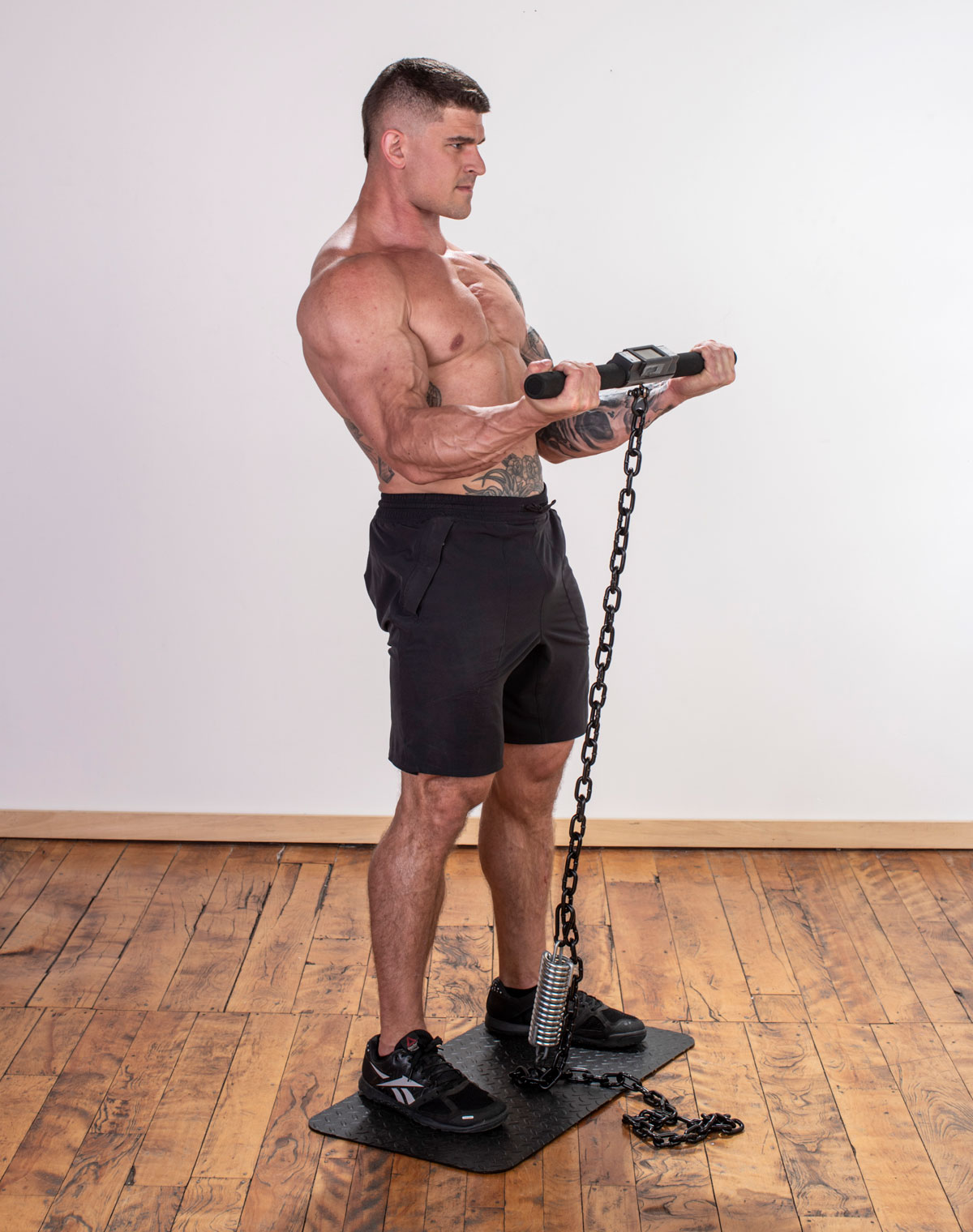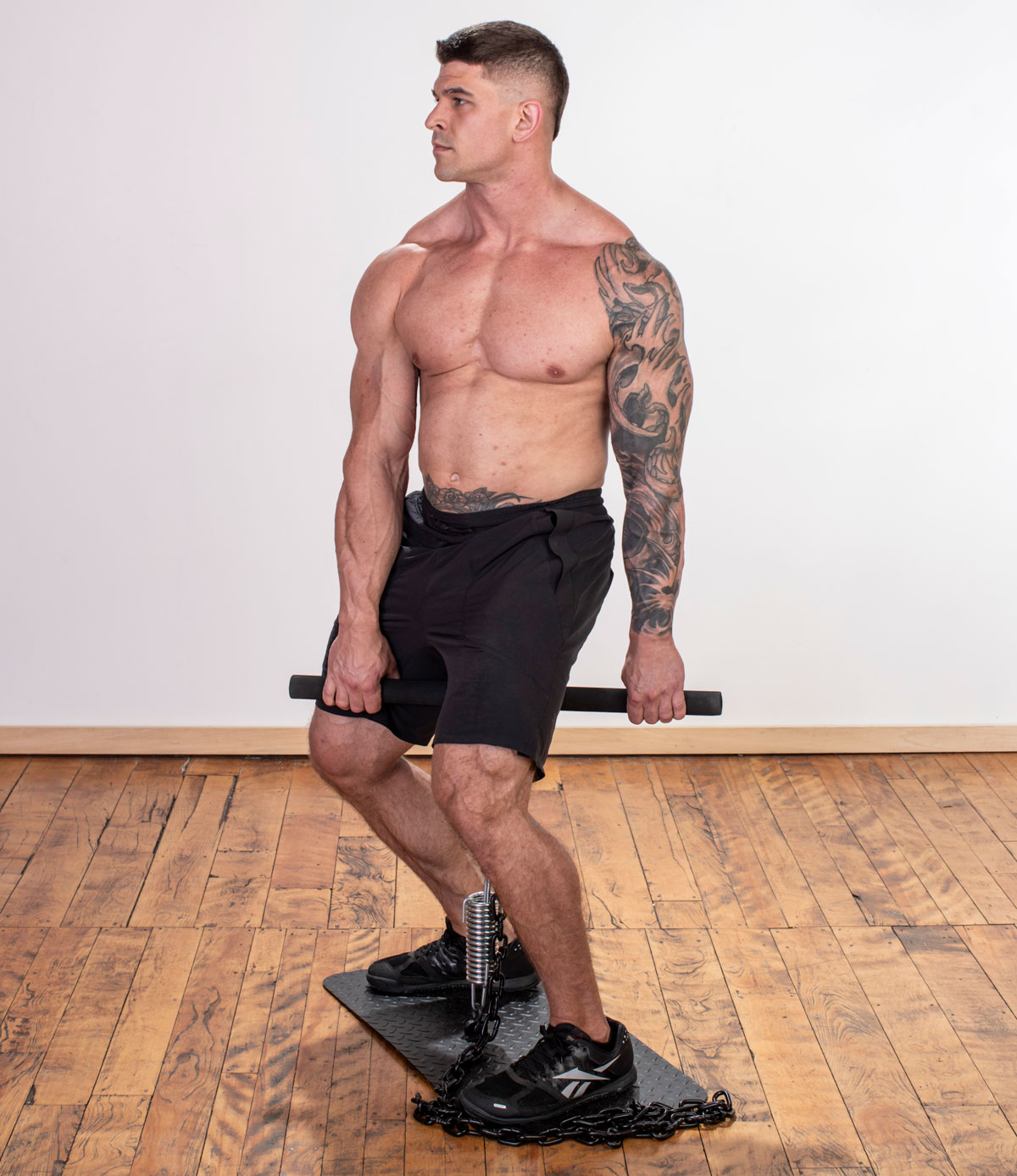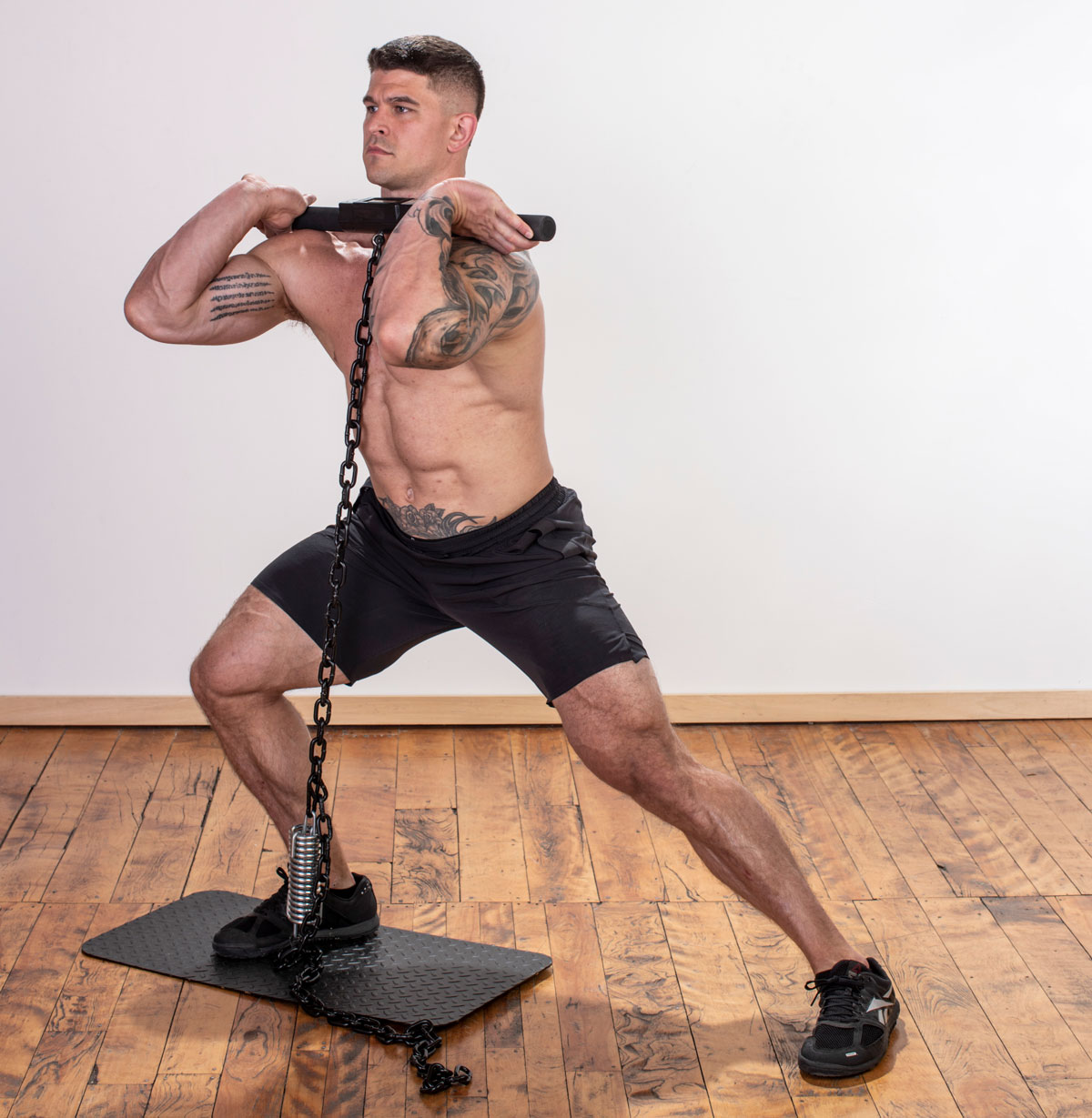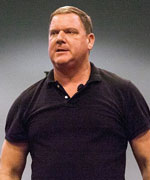How to Best Challenge Your Weak Points — And Make Greater Long-Term Gains
by Dan John, Master RKC
At the turn of the millennium, I had the chance to interview Dick Smith. Dick was one of those great names in the Iron Game that probably few will remember.
And that is tragic.
You know, that happens. In the world of the Fitness Industry, there is a tendency for people to forget the pioneers…the builders of our foundations. I tell audiences all the time that this or that new thing that they are all doing was, in fact, designed earlier (and better) by someone else.
Not long ago, some online superstar claimed that he had his intellectual property stolen as someone had taken his concept of fasting. My young friend, Jesus of Nazareth, obviously didn’t read the internet before "not eating" for forty days. (Don’t call it fasting! Copyright) I don’t know of a major world religion that doesn’t have this fasting concept in their basic yearly templates.
It’s not just fasting. Not long ago, I read that someone had "invented" something in the Get Up.
Anyone who claims to "own" any intellectual property for the Get Up needs to read my Hardstyle Kettlebell Challenge book:
Otto Arco was the model for many of Rodin’s sculptures and we remember him for his skill in one particular exercise:
Arco, at a bodyweight of 138 pounds, could do a One Hand Get Up with 175 pounds. The Get Up was his "secret" to all around body strength, body power and body composition. Arco wrote this in his book, "How to Learn Muscle Control:"
The main purpose of muscle-control is self-mastery. Muscle control involves far more than the mere ability to make the muscles contract. It teaches you to relax, which is sometimes even more important than contraction. It gives you a selective control, and therefore the ability to single out those muscles necessary to the work to be done, and only those muscles; leaving the antagonistic, or non-helpful, muscles relaxed. That makes a saving of energy in two ways; since it enables you to put all your energy into stimulating the needed muscles, and relieves those muscles of the interference of needlessly flexed antagonistic muscles. Muscle control, which leads to body-control, is great factor for success in all competitive sports.
And that point, "muscle control is self-mastery" brings me back to my many conversations with Dick Smith. Dick was a trainer and coach at the central hub of American Olympic lifting through much of the last century, the York Barbell Club. Dick was in the front row and backstage of every major story out of York.
Smith drove one of my heroes, Bill March, for well over six or seven hours weekly so Bill could learn the basics of Functional Isometric Contraction. By the way, an autographed copy of Bill’s FIC workout picture is proudly displayed on my gym’s Hall of Fame Wall. Dick felt that most people never truly grasped the concept of isometric work. I would like to share some of his insights and then provide a path for its ongoing use with the Isochain.
Obviously, I have to stop here for a moment. John Fair, among others, has written intelligently and extensively about the use of steroids with the isometric pioneers. Bill Starr was honest to a fault about the use of these drugs.
True, Dick Smith was also there for the "pink pill," but he also was the leader in applying isometric work to strength training, specifically the Olympic lifts. I have always felt that isometrics got caught like the old cliché "the baby with the bath water."
Isometrics work. Yes, they were overhyped for a time, but pushing as hard as you can against something that won’t move is a way to train your nervous system to light up. Smith emphasized three overlooked points in adopting isometrics:
- No overtraining!
- Motivation (The mind of a champion)
- Flexibility
In this case, flexibility is a quality of the mind. He said "Think!" when it comes to training.
Dick lamented the loss of isometric work in the USA. Simply, most people, including Bob Hoffman, the boss at York, just didn’t get it. Why? Isometrics didn’t make you feel tired. So, people would start to add in more work and soon it was a few sets here, a few sets there. "You did plenty, but you didn’t get the blood pump…no lactic acid in the muscles, yet I could prove, with the Isotron machine, that your muscles were fatigued!"
The Isotron machine was designed by the "master," Doctor John Ziegler. It measured, with a short electric stimulus, muscle fatigue. Once Dick could get a ‘base’ on a guy, he could nearly instantly tell whether or not he was overtrained. 75 milliamps indicated a "normal" reading. If Dick could get a contraction at this level, the athlete was within limits. Over 100, trouble started to show. Dick had an enlightening story about Russ Knipp who had trained for three hours a day, every single day. Dick finally got him to try the Isotron. For reference, Bob Bednarski got a solid contraction at 75, after only doing one lift a day for half an hour or so, five days a week.
Knipp couldn’t contract until 175!!!
The problem is that isos help with the weak point and most people spend NO time there...we just coast (with the momentum) through those areas. So, with Isos: you stop "right there" and discover...with the feedback of either load on the bar or the readout on the Isochain...how marvelously weak you are in that position.

Before we do isos, we tend to spend NO time in the weak position. With isos...six to twelve seconds!
This kind of workout doesn’t feel like much, but it is putting a huge load on recovery ability.
"It faded out because it wasn’t understood. With a curl at 90 degrees, if you hold for 8 or 10 seconds with a max weight, how many reps and sets is it equal to? It was so simple, people abused it!"
Part of the great insights of Dick Smith revolved around one core concept: Trying to catch up leads to overtraining. In fact, big guys need less not more. When you begin to see overtraining, look towards getting more rest and see if you are assimilating your food. Increased protein helps, yes, but not if you can’t digest it. The harder you train in the rack, the more you will need protein and supplements, but, as Dick cautions, "it is the REST TIME that builds!" The message, Dick warned, is to train hard in the racks. But nobody listened to how simple it could be and we tossed isometrics to the side.
Isometric work needs some equipment. Isometrics also call for some honesty about where you have weak points. But, for about a six-week period, I don’t know of anything that can cure a strength deficit better. In my case, it was when the bar was at 34 inches in the Front Squat. Dave Turner measured it and we attacked with six dedicated weeks of isometrics. I never missed a clean and jerk recovery for the rest of my active career. Isometrics work.
Dave and I used sawhorses. If your issue is 34 inches off the ground, sawhorses are really good. If it is halfway up your press…that is going to require a Trojan Sawhorse. (I think that is clever)
This is where I think the Isochain can be of such a benefit. You can grasp it at from practically the floor all the way to a pure lockout. Dick told me that he thought that two isometric training sessions a week and two Olympic lifting sessions a week would have been optimal for our lifters.

Reread that again: two and two. That’s a pretty simple formula. Two days a week, challenge your weak points with isometrics. Two days a week, do your lifts. Certainly, some of you will want three and three but make haste slowly here.
Dick’s insight that I missed, sadly over and over, was to THINK. Craft a program. Look for gaps and flaws and places that you might be overdoing things.
The Isochain is part of the solution. Like I used to tell my assistant coaches, "Any idiot can bring me problems, I need people who bring me solutions."
I didn’t say "idiots," for the record.
No matter what your fitness or performance goals may be, the Isochain and the wisdom of our pioneers in isometric training will be part of your solution.


Master RKC, Dan John is the author of numerous fitness titles including The Hardstyle Kettlebell Challenge: A Fundamental Guide To Training For Strength And Power, the best selling Never Let Go and Easy Strength. Dan has spent his life with one foot in the world of lifting and throwing, and the other foot in academia. An All-American discus thrower, Dan has also competed at the highest levels of Olympic lifting, Highland Games and the Weight Pentathlon, an event in which he holds the American record.
Dan spends his work life blending weekly workshops and lectures with full-time writing, and is also an online religious studies instructor for Columbia College of Missouri. As a Fulbright Scholar, he toured the Middle East exploring the foundations of religious education systems. For more information visit DanJohn.net
Back